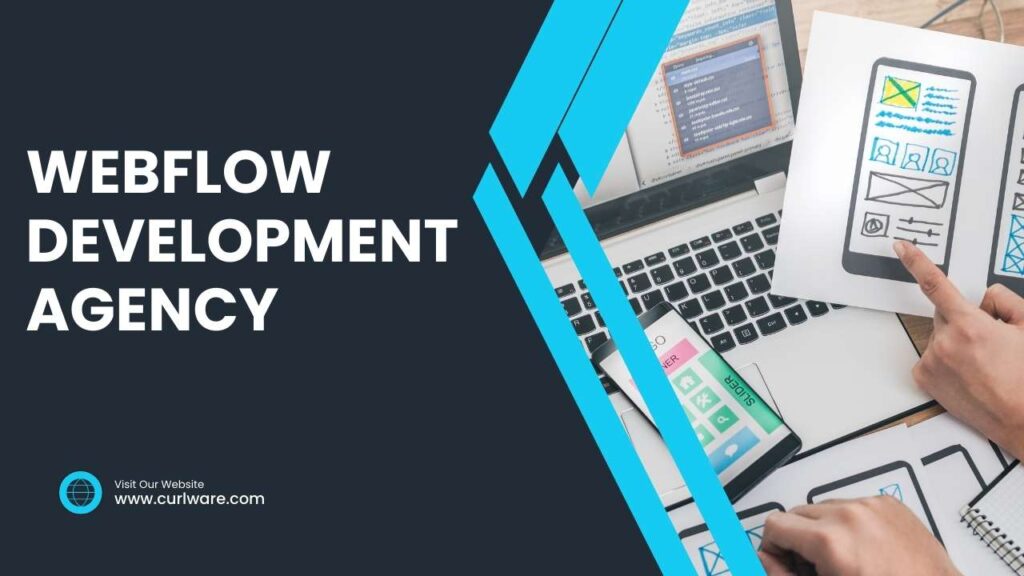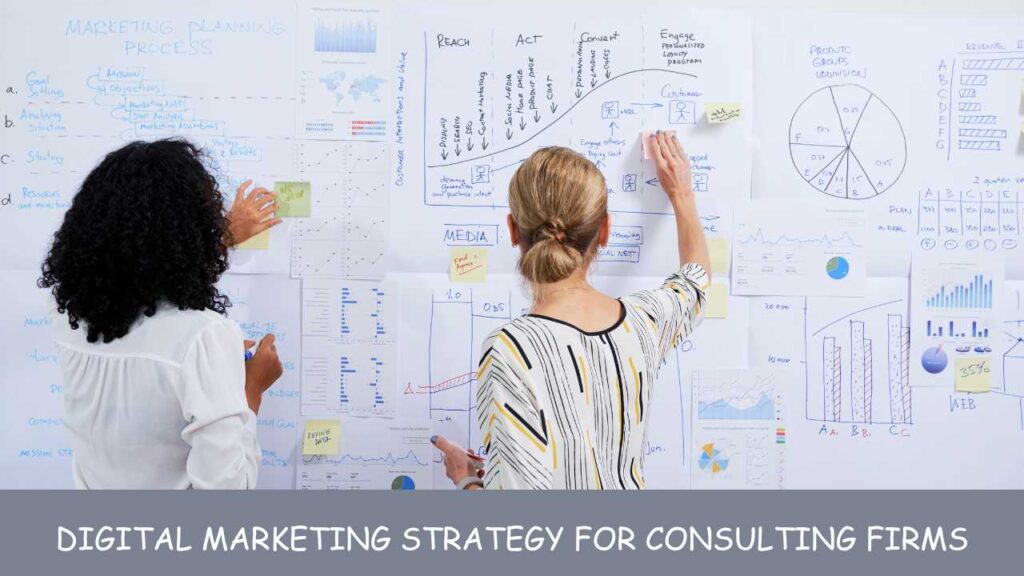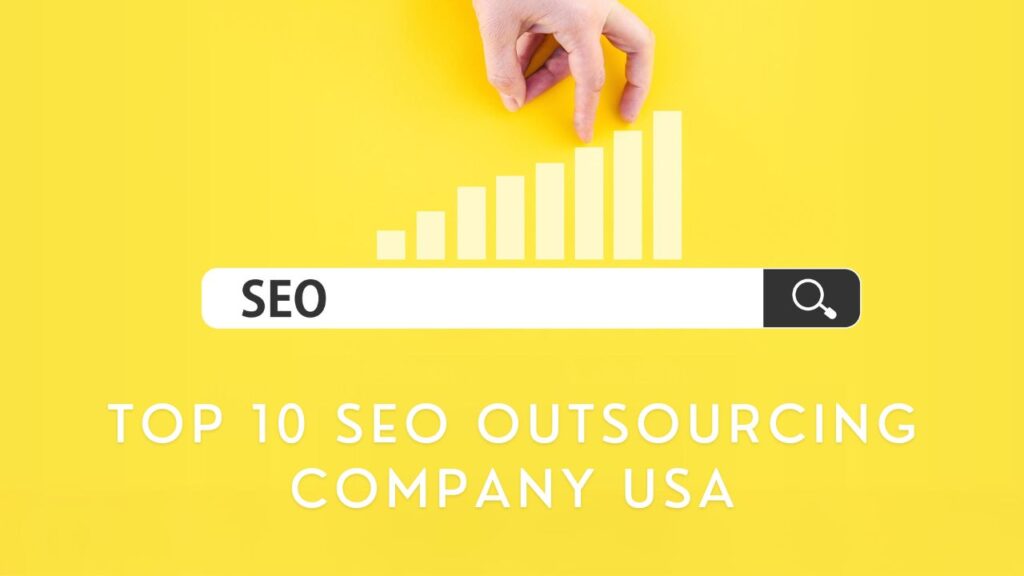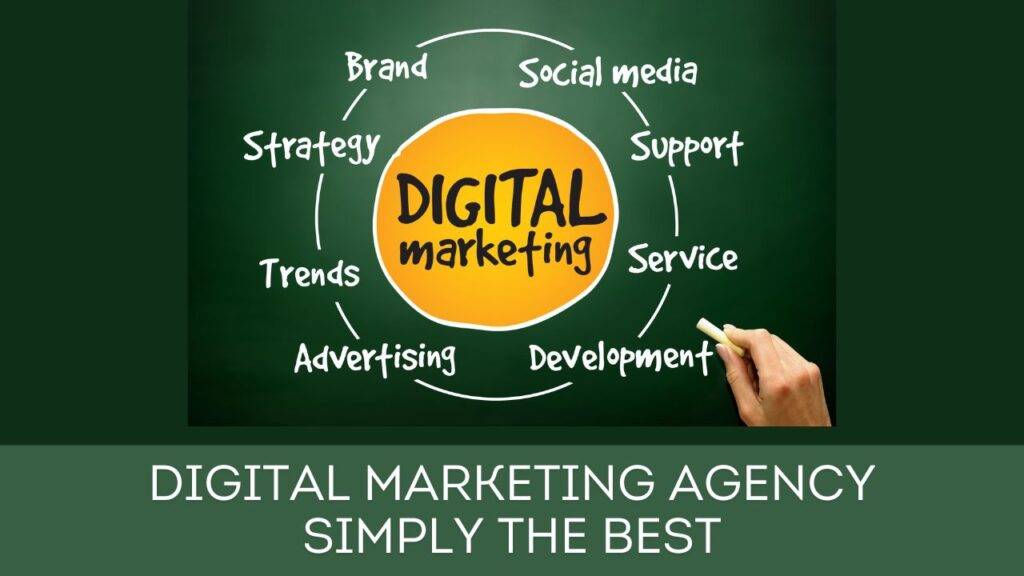Converting Figma designs to Elementor streamlines the workflow from design to development. It ensures that the designer’s vision is accurately translated into the live website. In this blog, we will cover the process how to convert Figma to Elementor.
The Importance of Converting Figma Designs to Elementor
Efficiency and Time-Saving: This conversion process can save a significant amount of time. Instead of manually coding the design, developers can use Elementor to implement the design more quickly.
Consistency in Design: By using Figma designs as a reference, you can maintain consistency in the visual elements and overall branding on the website.
Collaboration Between Teams: This process fosters better collaboration between designers and developers. Designers can create and prototype in Figma, and developers can bring those designs to life in WordPress using Elementor.
Flexibility and Customization: Elementor allows for easy adjustments and customization. If the design needs to be tweaked or updated, it can be done efficiently without needing to alter the code extensively.
Step-by-Step Guide: Converting Figma to Elementor
Exporting Assets from Figma
- Select Assets: Identify all the assets (images, icons, etc.) you need for your website.
- Optimize for Web: Ensure these assets are optimized for the web to reduce loading times. This includes resizing images and using appropriate file formats (JPEG, PNG, SVG).
- Export Settings: Use Figma’s export function. You can export assets in different resolutions and formats as needed.
- Organize Files: Keep your exported files organized in folders, which will make the next steps easier.
2. Importing into Elementor: A Detailed Walkthrough
- Install Elementor: Ensure Elementor is installed and activated in your WordPress environment.
- Create a New Page: In WordPress, create a new page and edit it with Elementor.
- Recreate the Layout: Use Elementor’s sections, columns, and widgets to recreate the layout from your Figma design.
- Sections and Columns: Start by adding sections and columns that match your Figma layout.
- Widgets: Drag and drop widgets that correspond to your design elements (text, images, buttons, etc.).
- Import Assets: Upload the assets you exported from Figma to the WordPress media library and place them in your layout.
- Apply Styles: Use the style settings in Elementor to apply your color scheme and typography.
3. Troubleshooting Common Conversion Challenges
- Layout Issues: If the layout doesn’t look as expected, check the padding and margin settings in Elementor. Ensure that the column and section widths align with your Figma design.
- Responsive Design: Test your design on different devices and adjust the settings for each breakpoint in Elementor to ensure a responsive layout.
4. Resolving Layout Issues
- Alignment and Spacing: Use Elementor’s visual layout controls to adjust alignment, spacing, and sizing.
- Nested Columns: For complex layouts, consider using nested columns within Elementor.
- Custom CSS: If certain layout aspects can’t be achieved with Elementor’s controls, use custom CSS.
5. Dealing with Font and Color Mismatches
- Font Consistency: Ensure the fonts used in Figma are available in WordPress. If not, you may need to upload the custom fonts to your WordPress site.
- Color Accuracy: Use the exact hex codes from your Figma design in Elementor’s color settings to maintain color consistency.
Enhancing Your Elementor Page
Utilizing Elementor Widgets
Pro Widgets: If you have Elementor Pro, take advantage of advanced widgets like Posts, Portfolio, Forms, and Slides.
Dynamic Content: Use dynamic widgets to display content from your WordPress database, like recent posts or custom fields.
WooCommerce Widgets: For e-commerce sites, Elementor offers specialized widgets to display products, categories, and more.
Animation and Motion Effects
Entrance Animations: Apply entrance animations to widgets to make them slide, fade, bounce, etc., as they come into view.
Scrolling Effects: Use scrolling effects like parallax, horizontal scroll, or sticky elements to create engaging experiences.
Mouse Effects: Add interactive animations that respond to mouse movements, such as mouse track or 3D tilt.
Optimizing for Performance and SEO
- Optimize Images:
- Use compressed and web-optimized image formats (like JPEG, PNG, WebP).
- Implement lazy loading for images, which loads images only as they are about to enter the viewport.
- Minimize the Use of Heavy Plugins:
- Evaluate and limit the use of plugins. Each additional plugin can add extra load time.
- Regularly review and deactivate or delete any unnecessary plugins.
- Leverage Browser Caching:
- Use WordPress caching plugins like W3 Total Cache or WP Rocket to store cached versions of your website, reducing server load and decreasing load times for repeat visitors.
- Optimize CSS and JavaScript:
- Minimize and combine CSS and JavaScript files. Elementor Pro offers settings to inline CSS and defer JavaScript.
- Remove unused CSS and JavaScript to reduce file sizes.
- Use a Content Delivery Network (CDN):
- Implement a CDN to distribute your content across multiple geographically dispersed servers, reducing the load time for users who are far from your main server.
- Optimize Web Hosting:
- Choose a high-performance web hosting service that offers fast server response times.
- Consider upgrading to a better hosting plan if your current plan doesn’t meet your performance needs.
- Elementor-Specific Optimizations:
- Use Elementor’s built-in optimization settings, such as reducing DOM elements and optimizing font loading.
- Be mindful of the number and complexity of widgets used on each page.
- Regularly Update Elementor and WordPress:
- Keep WordPress, Elementor, and other plugins up-to-date to ensure you have the latest performance improvements and bug fixes.
SEO Best Practices for Elementor Pages
- Responsive Design: Ensure your website is mobile-friendly, as this is a crucial ranking factor for Google.
- Use SEO-Friendly URLs: Create clear, descriptive URLs for each page. WordPress allows you to set custom URLs for each post or page.
- Optimize Meta Titles and Descriptions: Use an SEO plugin like Yoast SEO to add optimized meta titles and descriptions to your pages, improving click-through rates from search results.
- Proper Use of Headings: Structure your content with proper heading tags (H1 for titles, H2 for main headings, H3 for subheadings, etc.) to improve readability and SEO.
- Alt Text for Images: Add descriptive alt text to all images. This improves accessibility and helps search engines understand the content of the images.
- Internal Linking: Use internal links to connect your content, helping search engines understand the structure and hierarchy of your site’s content.
- Page Speed: Regularly test your website’s speed using tools like Google PageSpeed Insights and implement recommended changes.
- Quality Content: Regularly publish high-quality, original content that provides value to your audience. This is key for SEO.
- Schema Markup: Use schema markup to provide search engines with more information about your page content, potentially improving how your pages are displayed in search results.
Why choose Curlware?
If you’re looking to understand how a Figma to WordPress service provider operates or perhaps considering starting such a service, here’s a detailed overview. These companies specialize in converting designs created in Figma into fully functional WordPress websites. This service is particularly valuable for businesses and individuals who want to translate their custom designs into live websites without dealing with the technicalities of coding.
Pixel-Perfect Precision: Our seasoned developers ensure a flawless translation of your Figma masterpieces, maintaining pixel-perfect precision in every element and detail.
Dynamic Elementor Functionality: Unlock the full potential of Elementor’s dynamic features. From interactive animations to user-friendly widgets, we bring your designs to life with finesse.
Responsive Design Mastery: Worried about responsiveness? Leave it to us! Our team excels in crafting designs that adapt seamlessly to various screen sizes, ensuring an optimal user experience across devices.
Timely Delivery: We understand the value of your time. Experience prompt and efficient service delivery without compromising on quality.
Ready to elevate your web presence? Let’s transform your Figma vision into an Elementor masterpiece! Contact us today for a consultation and let’s make your digital dreams a stunning reality.
FAQ
How to Ensure Design Consistency Across Platforms?
Ensuring design consistency across platforms involves establishing a design system with standardized elements such as colors, fonts, and spacing. Utilize tools like Sketch or Figma to create a master design file, ensuring all team members have access to the latest version. Regularly communicate design guidelines and updates to maintain uniformity. Additionally, conduct thorough testing on various devices to identify and address any inconsistencies, ensuring a seamless user experience across different platforms.
Can I Convert Complex Animations from Figma to Elementor?
Yes, it’s possible to convert complex animations from Figma to Elementor. Export your animations as GIFs or SVGs from Figma, then integrate them into Elementor using its built-in animation features or third-party plugins. Ensure compatibility by checking Elementor’s animation capabilities and adjusting the settings accordingly. While some nuances may differ between the platforms, a thoughtful approach to the conversion process can help preserve the essence of complex animations during the transition.
Tips for Beginners in Figma to Elementor Conversion?
For beginners in Figma to Elementor conversion, start by understanding the structure of your Figma design. Break it down into sections and export assets systematically. Familiarize yourself with Elementor’s interface and capabilities, by utilizing its drag-and-drop functionality. Pay attention to responsive design principles, ensuring your layout adapts well to different screen sizes. Take advantage of Elementor’s templates and widgets to streamline the conversion process. Finally, practice regularly and seek community support to enhance your skills and efficiency in the Figma to Elementor workflow.
How to Handle Responsive Design Issues During Conversion?
Handling responsive design issues during conversion involves meticulous testing and adjustments. Use media queries to define styles for different screen sizes and test your Elementor design on various devices. Address issues such as text overflow, image scaling, and layout reflows by adjusting Elementor settings and CSS. Prioritize a mobile-first approach, ensuring a smooth experience on smaller screens. Regularly check and update your design as Elementor and its components evolve to maintain optimal responsiveness across a variety of devices.






